The OTU Muxponder includes 4x100G into 1x400G Muxponder, 2x100G into 1x200G Muxponder, 1x100G into 4x25G Muxponder and 1x40G into 4x10G Muxponder, which can be matched with OTNS 8600 I/II/V series of 1U, 2U and 5U chassis.
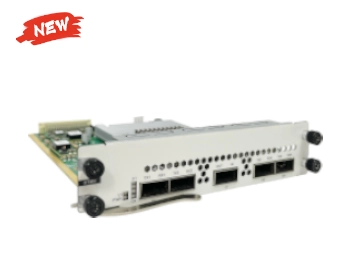
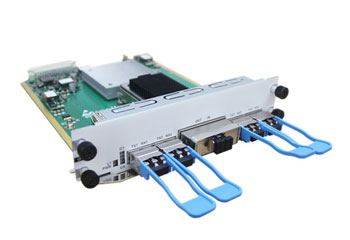
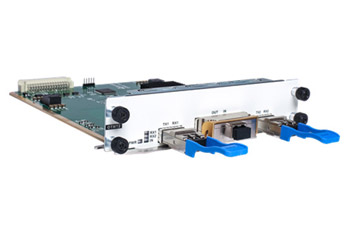
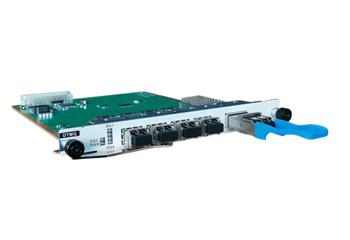
● Cost-efficient and compact aggregation of client signals to an OTU2 line signal
● True OTN mapping of services including latest standards (ODU& ODUflex)
● Flexible client configuration allows one board for all service aggregation and reduces operational cost
● Full G.709 support enables multivendor environment deployment
● Technology agnostic. Pluggable transceivers enable usage in both CWDM and DWDM networks
● Tunable optics for full flexibility and cost efficient spare management
● Inbuilt end-to-end service monitoring improves SLA management
● Low Power Design assures low total cost of ownership
Optical Transmission Network Muxponder and Muxponder Technology
The optical transmission network muxponder is an optical-electric device that uses the optical-electrical conversion technology to realize the wavelength conversion function of the optical signal. With the development of optical networks, in order to ensure that each path of the entire optical network can always transmit optical signals of the same wavelength, use the same type of optical fiber and transmit the same mode of optical signals, in the optical network wavelength change, optical fiber type change and transmission mode conversion Where, 850 nm, 1310 nm, 1550 nm and other optical wavelength/multi-mode or single-mode transmission mode converters must be used to complete the task of optical wavelength/mode conversion.
In a nutshell, optical transmission network muxponder transform the multiplexed/demultiplexed optical signals into WDM standard wavelength optical signals.
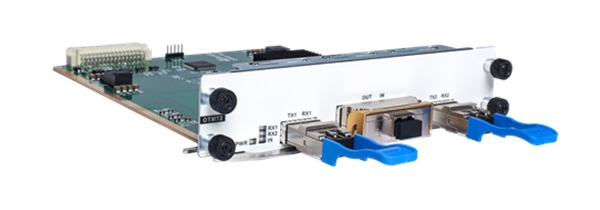
In optical networks, muxponder technology is used to aggregate multiple services into a single wavelength/uplink using OTN mapping.
Muxponder technology uses ITU OTN (Optical Transport Network) protocol and mapping to reduce the number of wavelengths required to transmit data, making it the first choice for maximizing fiber capacity and simplifying future network growth. Today, more and more people are talking about the difference between muxponder and transponder, an optical device that is applied to realize point-to-point connections over long distances. Read the subject optical transponder vs muxponder to find more about transponder and muxponder.
Reduce the number of wavelengths required in the optical network
Reduce power consumption and reduce rack space required for optical solutions
Each port can be used for multiple types of services
Reliability of business: Only implement protection for failed business. Electrical layer switching, fast, stable and reliable
Service flexibility: service provision is channel-based, and for sudden service addition or deletion tasks, it can be processed immediately without interrupting other services.
Remote management and monitoring
Full transparency of multiple transport protocol
Enhanced networking and protection capabilities
Provide ultra-low latency data transmission
In optical fiber communications, a muxponder is the element that sends and receives the optical signal on a fiber in much the same way as a transponder except that the muxponder has the additional functionality of multiplexing multiple sub-rate client interfaces onto the line interface.
The 400G OTN Transponder enables mapping of 100G client services to an 400G line signal. ... The 400G OTN Transponder is a two-slot wide plug-in unit in the OTNS8600 chassis 1U,2U and 5U.
OTN is asynchronous mapping of payloads. The networking mode of DWDM is basically point-to-point, chain, star and ring networking. ... It is collection of optical cross-connector (OXC) and optical add/drop multiplexer (OADM), possesses functions like optical cross-ability and wavelength conversion.